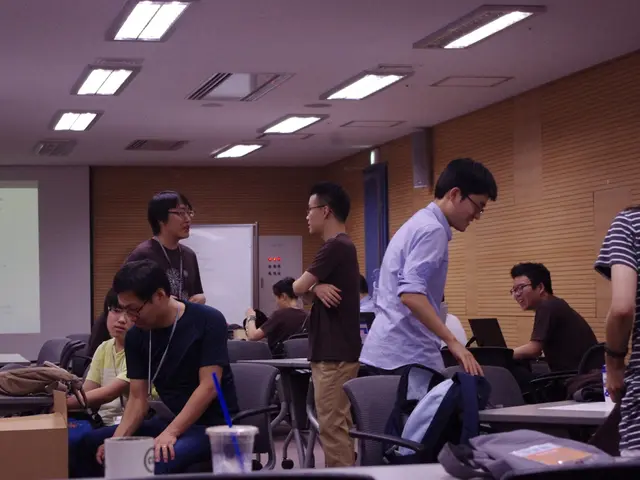AI Red Teaming: Proactive Security for Vulnerable AI Systems
AI red teaming, a proactive approach to identify and mitigate risks in artificial intelligence systems, is gaining traction. Companies like CalypsoAI, ERNW Research, Haize Labs, and RiskRubric.ai specialize in this field, offering services that simulate real-world attacks to expose vulnerabilities and biases in AI models.
AI red teaming involves offensive security tactics to evaluate AI systems' safety and fairness. It's crucial to test AI models before and after they're fully built to surface critical issues early. This includes assessing infrastructure, APIs, and CI/CD pipelines alongside the AI model and prompts.
Probabilistic risk modeling is necessary for AI testing due to its inconsistent nature. AI red teaming should uncover security issues, bias, fairness, and privacy problems to meet GDPR and EU AI Act requirements. Threat modeling must reflect the specific use case of the generative AI application to be effective.
Agentic red teaming, a method using adaptive multiflow agents, mimics adversarial behavior to uncover systemic weaknesses in AI systems. This approach is particularly important for securing generative AI systems that security teams didn't design or know about.
AI red teaming is necessary to secure AI systems and protect brand reputation. By tying AI red teaming to revenue and showing business value, companies can prevent potential damage and meet regulatory requirements. Regular AI red teaming ensures that AI systems are secure, fair, and respect user privacy.
Read also:
- Election Protection Consultants: Crucial Role in 2024 and Beyond
- Homeownership Dreams Dashed: High Prices and Rates Keep Young Americans Out
- Government Updates: Key Points from Today's Press Information Bureau (12-09-2025)
- Unfair Expenditure Distribution, Secret Tourists, Looming Rabies Threats: Latest News Roundup





